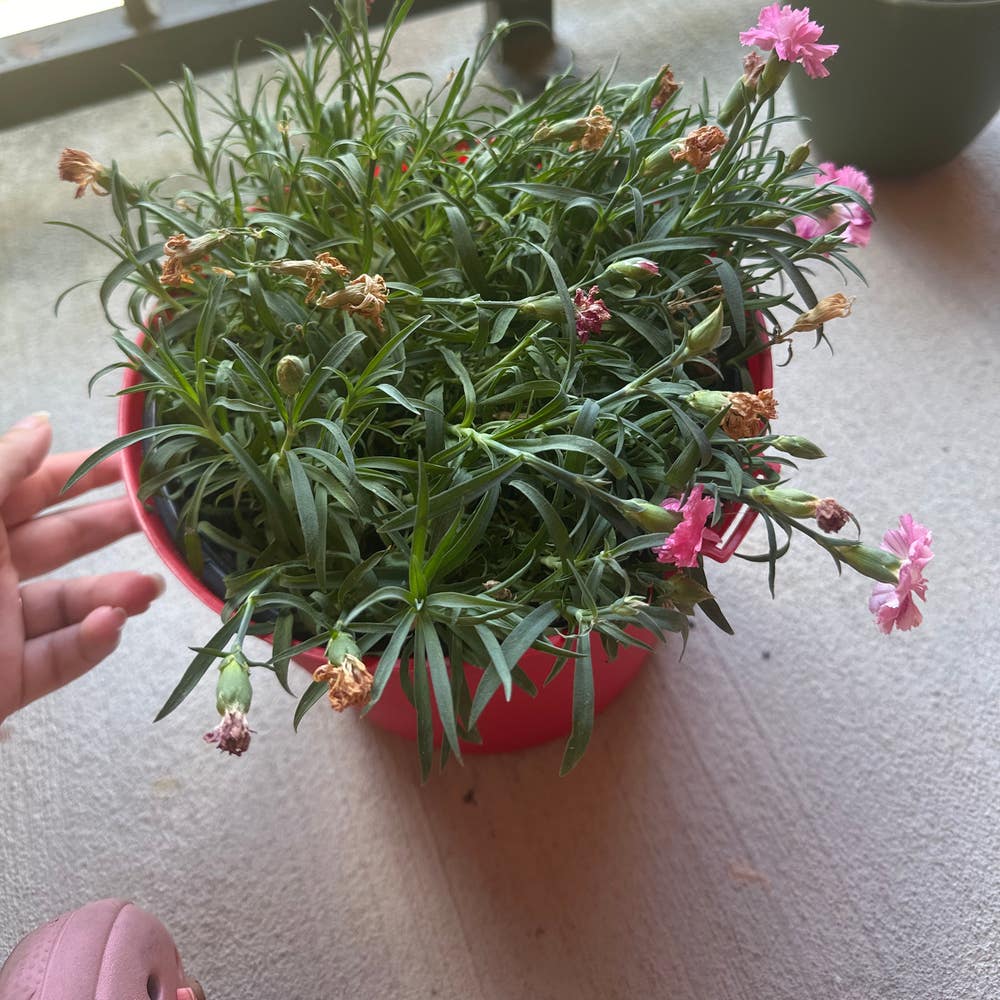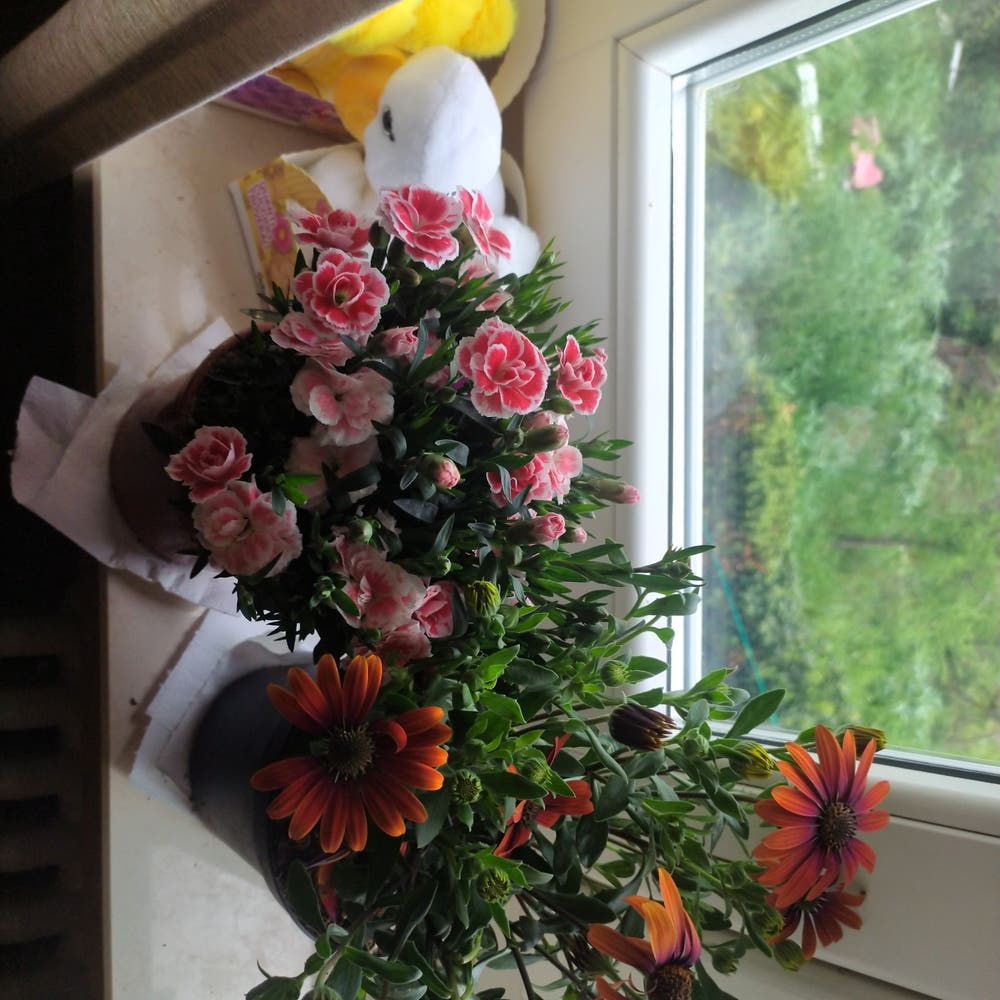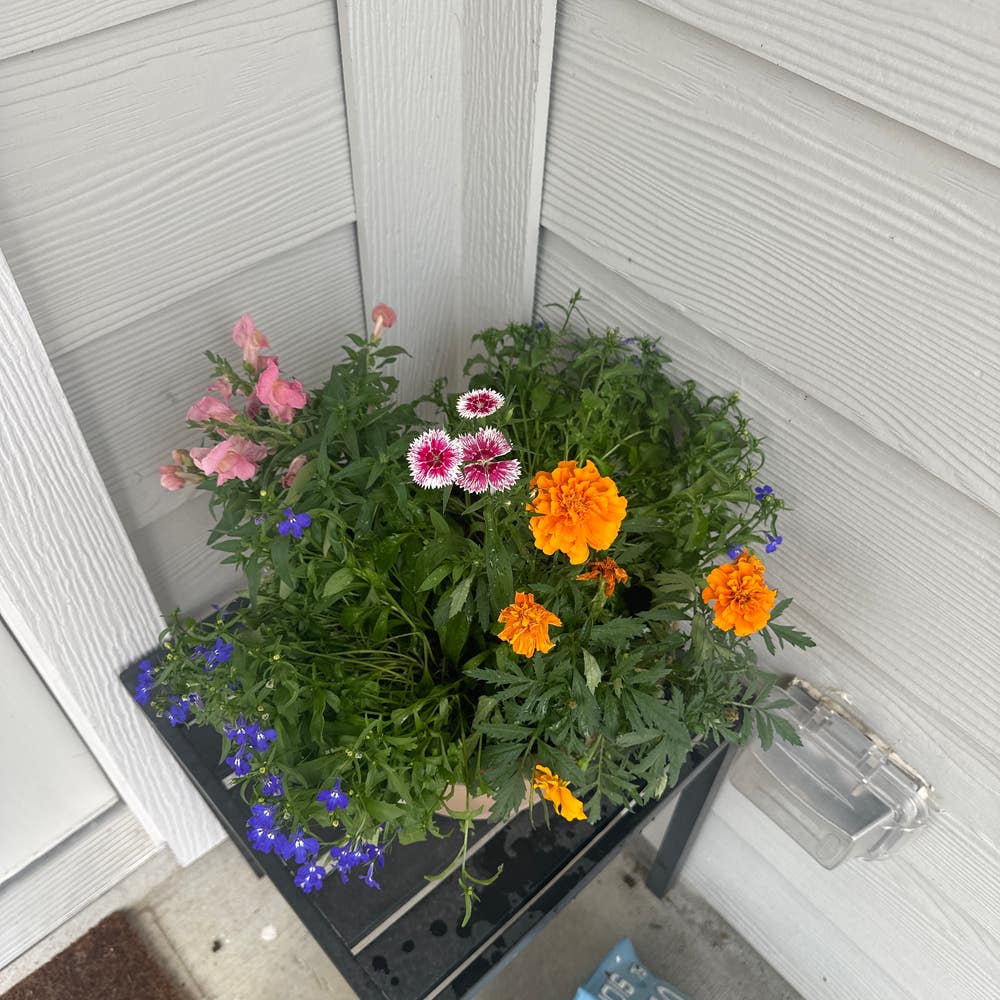Dianthus 'Pink Kisses' Is Not Toxic To Dogs 💕
Feb 13, 2024•3 min read
- Dianthus 'Pink Kisses' is dog-safe, causing only mild stomach upset if ingested.
- Training and smart planting reduce the risk of dogs eating plants.
- Know toxic ingestion symptoms; act fast if severe signs appear.
Why Dianthus 'Pink Kisses' Gets a Green Light for Dogs
🐾 Non-toxic Nature of the Plant
Dianthus 'Pink Kisses' is a safe bet for your furry friends. Unlike some plants that have a rap sheet of toxic compounds, this variety of dianthus lacks the chemical makeup that could spell trouble for dogs. No toxic compounds means you can breathe easy when your pup's snout is in the flower beds.
🧪 Scientific Backing
While not every plant comes with a peer-reviewed seal of approval, Dianthus 'Pink Kisses' has been given the nod by experts. Veterinary sources and horticulturalists alike agree on its non-toxic status for canines. It's like getting the all-clear from a lifeguard before letting your dog dive into the garden.
When Dogs Get Curious: Ingesting Dianthus 'Pink Kisses'
🐶 Typical Dog Behaviors and Plant Eating
Dogs often explore the world with their mouths, which includes an occasional chomp on your garden flora. Dianthus 'Pink Kisses' poses no threat, allowing pet owners to breathe easy when Fido gets curious.
🩺 What to Expect if Your Dog Takes a Bite
Should your dog sample this plant, mild stomach upset could follow. It's akin to the aftermath of a canine trash can adventure—unpleasant, but not alarming. Keep an eye on your pet, but rest assured that serious health risks are unlikely.
Keeping Your Garden Dog-Safe with Dianthus 'Pink Kisses'
🌱 Smart Planting Strategies
Dianthus 'Pink Kisses' is a non-toxic choice for pet owners, but smart planting can further reduce risks. Elevated planters keep blooms out of snout's reach. Consider fencing off a section for more delicate or tempting plants. Regular garden sweeps for fallen petals and leaves can prevent accidental ingestion.
🐶 Training Your Dog Around Plants
Training is crucial. A firm "leave it" command can save your garden and your dog's stomach. Positive reinforcement works wonders—reward them for obedience. Deterrents like bitter sprays make plants less appealing. Keep their favorite toys close to distract from green temptations. Remember, a well-exercised dog is less likely to seek entertainment among your flower beds.
What If Your Dog Eats Something Else?
🚨 Recognizing Toxic Plant Symptoms
If your dog's usual zoomies turn into lethargy or if they're suddenly too noble to beg for treats, toxic ingestion could be the culprit. Look for vomiting, especially with plant matter, or diarrhea that's more than just a bad day. A heart that's racing like it's in the final lap at Daytona could signal serious trouble. Yellow gums? That's not a new fashion statement; it could mean liver issues. And if your dog's acting like they've just seen a ghost, it might be more than just a squirrel outside the window.
🚑 Emergency Response
Caught your dog snacking on a suspicious shrub? Don't wait. Remove any remnants of the plant from their reach—no encores needed. Snap a photo or grab a sample of the plant; it's like giving CSI the evidence they need. Then, hit the phone and dial your vet or the ASPCA Animal Poison Control Center at 888-426-4435. They're the pros, and they'll tell you whether to induce vomiting or book it to the emergency vet. Remember, time is ticking. And if your dog is already doing the "I can't breathe" pantomime or having seizures, skip the call and drive—your dog needs a vet, stat.




